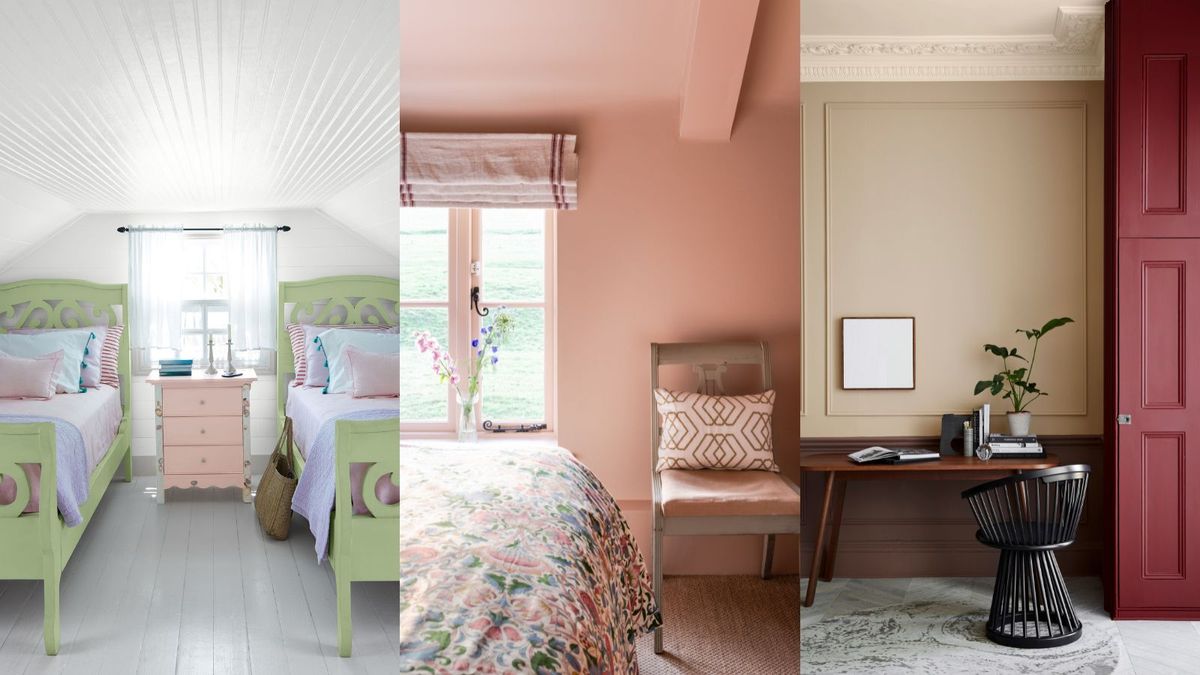In recent years, the world of interior design has seen a bold mix of saturated hues and daring contrasts. However, a quiet revolution is gaining momentum: the return of soft color tones. From gentle pastels to muted neutrals, these calming shades are reentering homes with elegance, bringing warmth, balance, and timeless charm. Here’s why soft tones are making such a significant impact and how they’re reshaping modern spaces.
A Desire for Calm in a Busy World
One of the driving forces behind the resurgence of soft color tones is the growing desire for tranquility. In an age dominated by digital overload and constant noise, more people are turning their homes into peaceful retreats. Soft colors like blush, lavender, sage green, and powder blue evoke a sense of relaxation and serenity. They help reduce visual clutter and allow spaces to breathe, creating an atmosphere where people can unwind and recharge.
Soft Doesn’t Mean Boring
There’s a common misconception that soft tones are dull or lack personality. In reality, they offer just as much potential for creativity and style as bolder colors. By layering various tones within the same color family or pairing them with contrasting textures, designers can create sophisticated and inviting interiors. For instance, a room featuring soft gray walls, a creamy beige couch, and a splash of rose-toned accessories can feel modern, cohesive, and anything but bland.
The Versatility of Soft Hues
Soft color palettes are extremely versatile. They work across a range of design styles from Scandinavian minimalism to traditional farmhouse charm. These tones pair beautifully with natural materials like wood, stone, and linen, enhancing their organic appeal. Whether used as the main color scheme or as an accent, soft tones adapt to their surroundings, making them an ideal choice for nearly any room.
Embracing Texture and Layering
With soft colors, texture becomes even more important. Designers often use this to their advantage by incorporating layered textiles, plush rugs, woven baskets, and tactile wall finishes to add depth and dimension. One popular and effective way to introduce softness both in tone and texture is with accessories like pink rugs. A pink rug can add a subtle splash of color to a room while contributing to the overall sense of comfort and harmony.
Reflecting Natural Light
Another reason for the renewed interest in soft tones is their ability to reflect natural light beautifully. Lighter hues tend to bounce light around a room, making spaces feel airier and more spacious. This quality is especially important in smaller homes or apartments where maximizing light can make a dramatic difference. A pale blush or warm off-white wall can enhance brightness without the starkness of pure white, creating a softer ambiance.
A Nod to Nostalgia
There’s also a nostalgic appeal to soft colors. Pastel pinks, baby blues, and mint greens often remind people of vintage interiors, childhood bedrooms, or mid-century design trends. Today’s designers are reviving these tones in fresh, updated ways that blend the old with the new. This sense of familiarity can be comforting and emotionally grounding, something many homeowners are consciously seeking.
Balancing the Bold
For those not ready to give up on vibrant design altogether, soft tones can offer balance. They can be used to tone down stronger shades, offering a visual resting place within a dynamic palette. For example, a navy feature wall may be balanced with soft peach furnishings or gentle ivory accents. This interplay between bold and soft creates visual interest without overwhelming the senses.
Conclusion
The return of soft color tones in design isn’t just a passing trend; it’s a reflection of evolving lifestyles and a desire for more mindful living. These gentle hues invite comfort, warmth, and versatility, making them a powerful design choice in any home. Whether you’re refreshing a single room or rethinking your entire space, incorporating elements like muted walls, cozy fabrics, or even pink rugs can make a world of difference. Embrace the calm, and let softness guide your design journey.




Be First to Comment